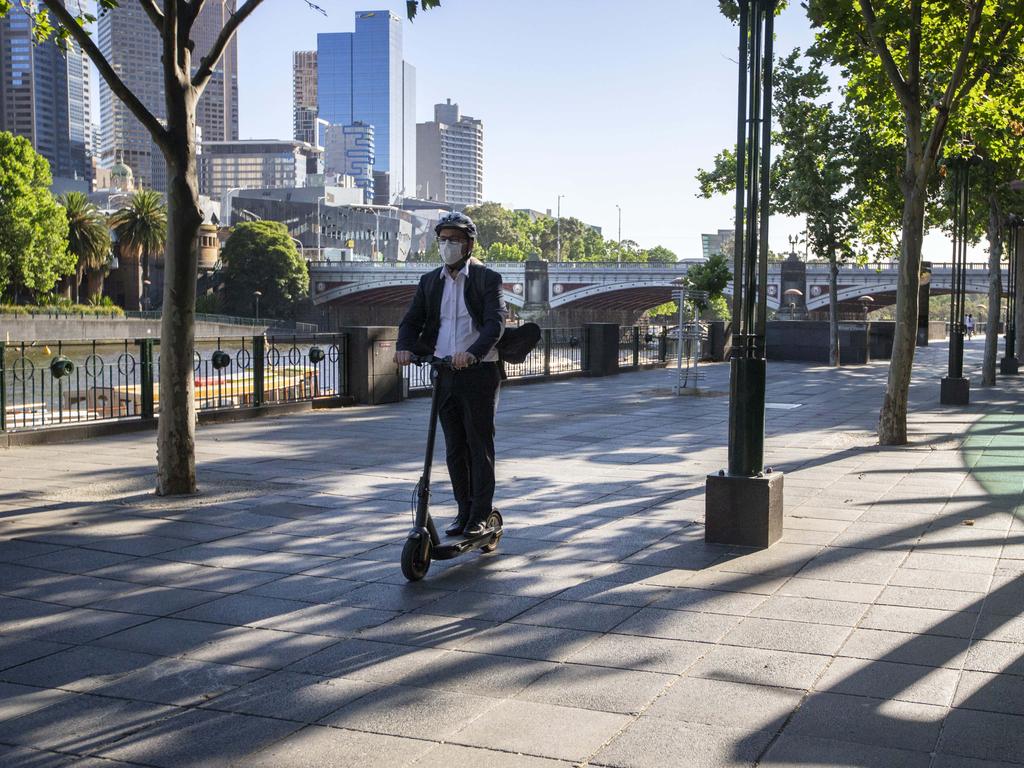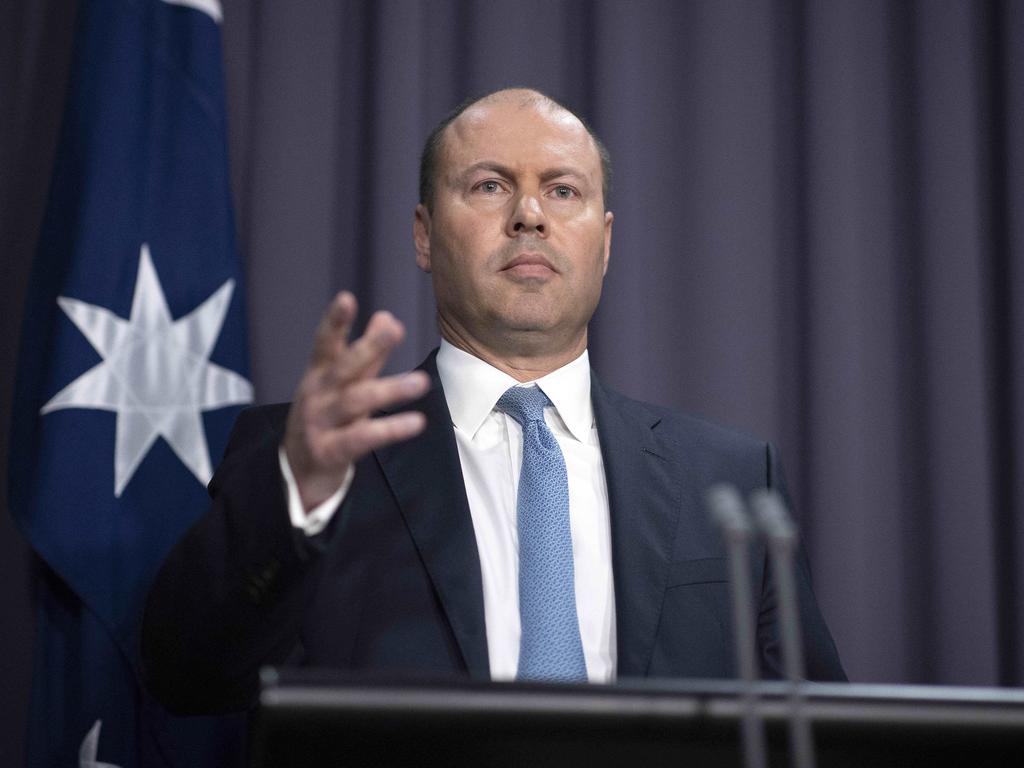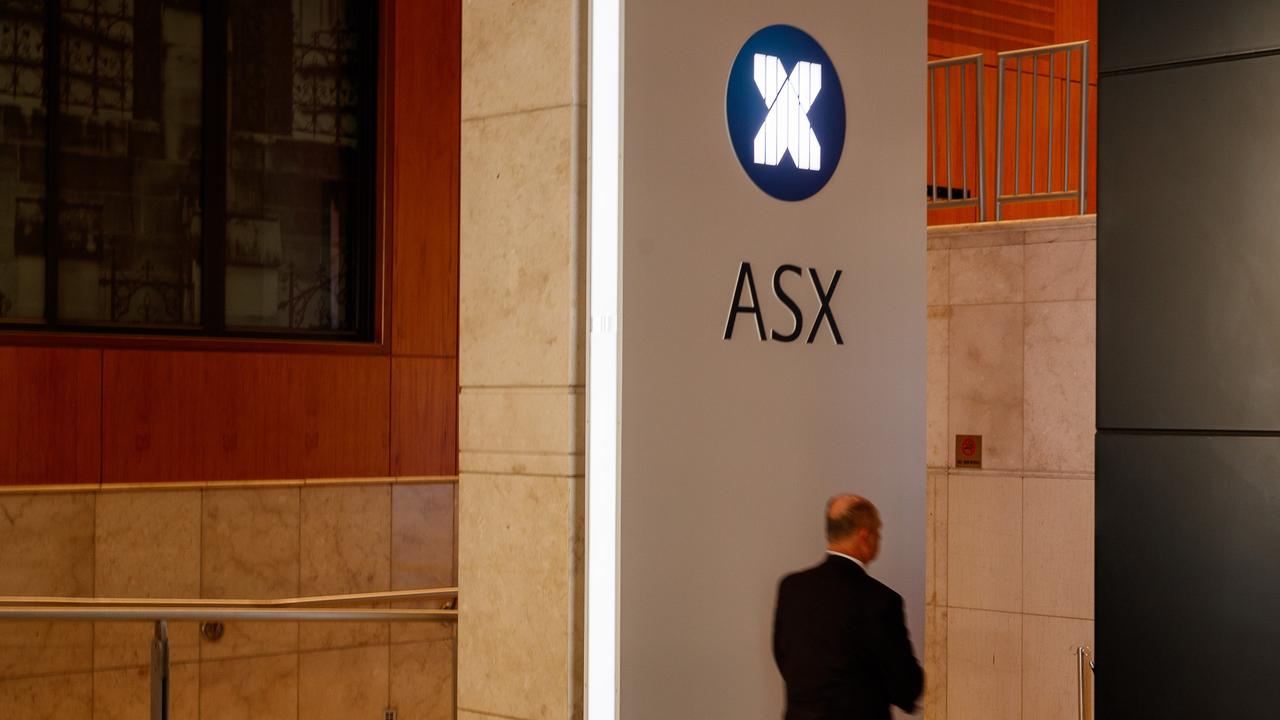Bushfires, pandemic and economic stress: Lessons from a horror year
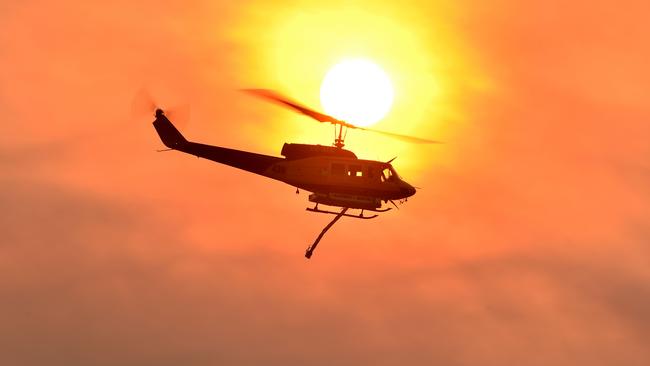
From day one, the past 12 months was a challenging year.
We rang in the New Year with Australia burning. An unprecedented — yet increasingly common — fire season was ravaging the country as 19 million hectares burned. Lives were lost, and communities destroyed.
All up, the fires are estimated to be our costliest natural disaster on record.
And with that, the Australian economy went backwards for the first time in nearly a decade.
Lesson 1
Climate change and natural disasters go hand in hand, and it’s costly.
And while this was happening, the rumblings of an unknown virus had started. Within weeks, those whispers turned to a panic as the full extent of the looming threat became apparent.
Borders closed, social distancing restrictions were implemented and shopping shelves emptied. By April, unemployment had effectively tripled — more than 2 million Australians were either unemployed, had left the labour market or didn’t have any hours to work.
Across the country, governments stood up and the Reserve Bank acted by lowering interest rates and pumping money into the economy. The national cabinet was formed. Within weeks of Australia’s first case, more than $160bn in support measures had been announced. The cornerstone of the announcements was the JobKeeper wage subsidy; alone, the policy is estimated to have saved 700,000 jobs through the crisis.
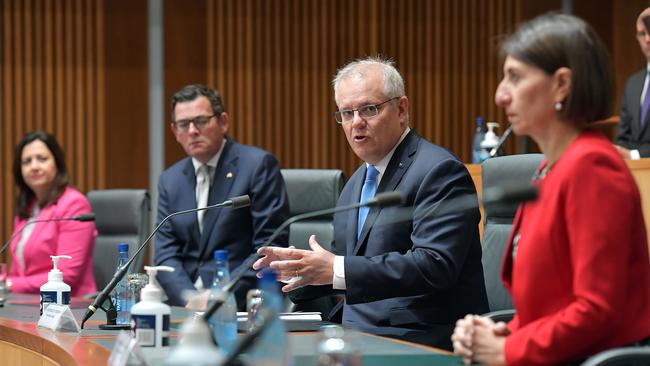
State governments also went on a spending bonanza to cushion the economy.
Governments threw a lifeline for many, ensuring households and businesses were supported as normality was redefined. Lockdown restrictions meant many businesses couldn’t operate, and those that could were a world away from business as usual.
But fear spread through the community just as quickly as the virus. Business investment screeched to a halt, falling 5.1 per cent in June despite JobKeeper covering the wage bill of close to four million workers.
By the middle of the year, the economy had experienced its largest peacetime contraction on record — falling 7 per cent in the June quarter.
Australia’s near 30-year run without a recession was over.
Lesson 2
Governments can act and budgets can support the economy when the private economy is battered and bruised.
And all the while, Australia made remarkable progress on the health front because we made it priority No 1. By July, with the exception of Victoria case numbers were low, restrictions were being eased and people began to venture outside again.
Lesson 3
Australia pursued a strategy that to deal with the health pandemic was to deal with the economy — there was no trade-off between health and the economy.
In the months since the peak of the crisis, three-quarters of job losses have returned. Remarkably, at the same point in our last recessions, the jobs recovery had yet to even begin.
On the back of that success, households have started spending again. Retailers experienced a 6.5 per cent surge in spending volumes over the September quarter, meaning overall retail sales are currently sitting well above pre-COVID levels.
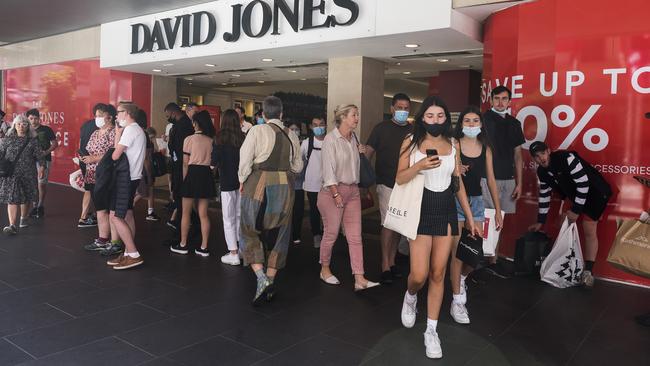
But while households are willing to part with their dollars, businesses remain much warier. Investment is 8.3 per cent lower now than in December 2019, having fallen in every quarter this year. Our continued recovery will hinge on encouraging businesses to spend again.
And navigating a challenging trade environment will crucial, too. If 2019 was the year of the great shift in US-China relations, 2020 has been a bit of a watershed for Australia-China relations, and it’s hurting Australian business and workers across many sectors.
Lesson 4
Australia, as ever, is an export-oriented economy, so rebuilding global supply chains and driving global trade matters to our economy. We better get that right, especially with Asia and especially with China.
And now we’re here, ending 2020 in a place no one saw coming at the start of the year, but one we could only hope for in March. The latest data shows the Australian economy is 4.2 per cent smaller now than in December last year.
Relative to the rest of the world, that’s a remarkable achievement. In the most disruptive and challenging peacetime year in our lives, it’s something to be proud of.
And as we near the end the year, we must now make sure the same is true in 2021.
That starts by ensuring our most vulnerable people are adequately supported — those vulnerable because of the events of 2020, as well as those that entered the year already facing an uphill battle. And that flows to ensuring our businesses begin to invest again and think about growth.
With debt and deficits at record levels, using debt for good is more important than ever before — and it must be focused on building our economy better than it ever was to meet the new challenges.
Lesson 5
This year has shown that Australia’s greatest asset is its people — if they’re supported, so too is the economy.
Harry Murphy Cruise is a senior economist at Deloitte Access Economics. Pradeep Philip is Head of Deloitte Access Economics.

